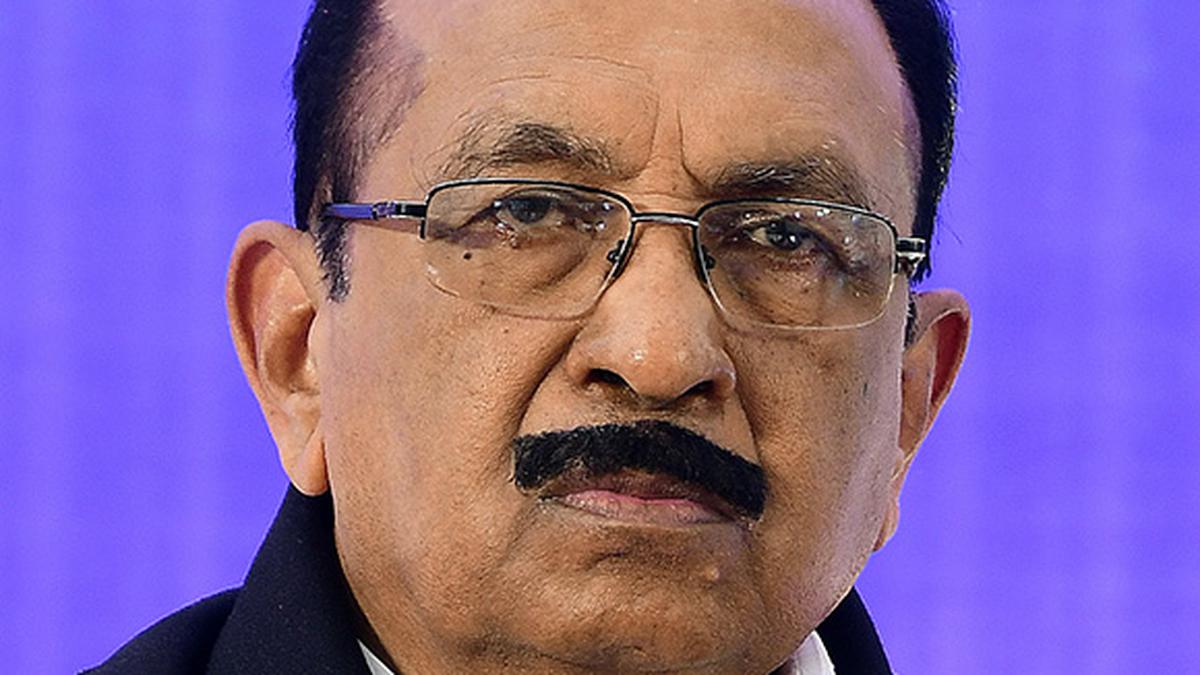
Vaiko seeks reopening of railway station at Karivalamvanthanallur, stoppage for Vande Bharat Express at Kovilpatti
The Hindu
Vaiko appeals to Union Railway Minister to reopen Karivalamvanthanallur railway station & extend Erode-Tirunelveli passenger to Shencottai.
MDMK general secretary Vaiko has appealed to Union Railway Minister Ashwini Vaishnav to take steps for reopening Karivalamvanthanallur railway station near Sankarankovil.
In a memorandum submitted to the Minister on Wednesday, Mr. Vaiko said the railway station, which remained closed for the past several years, was gradually crumbling. It had been used by passengers from 24 surrounding villages and weavers working in over 1,000 units in the region.
A few hundred students from Karivalamvanthanallur and the villages around used to take trains to reach their educational institutions in Sankarankovil, Rajapalayam, Srivilliputtur, Sivakasi and Madurai.
Moreover, hundreds of devotees from various parts of Tamil Nadu used to get down at Karivalamvanthanallur railway station to offer prayers at Sri Palvannanathar Temple. Even though this railway station was located on a sprawling 20-acre site with staff quarters, the buildings were in poor shape due to lack of maintenance.
If Karivalamvanthanallur railway station was reopened, it would reduce travel time between Sankarankovil and Rajapalayam, and the ‘crossing time’ of trains in this section would be reduced by an hour. Hence, the Minister should instruct Southern Railway authorities to take immediate steps for reopening this station, he stressed.
The MDMK leader also demanded stoppage for Tirunelveli – Chennai – Tirunelveli Vande Bharat Express at Kovilpatti, which was known for its matchstick and firecrackers manufacturing units, employing thousands of workers.
Since Kovilpatti was the third highest revenue-generating station in Madurai Railway Division, the Minister should order stoppage for Vande Bharat Express there.

Hampi, the UNESCO-recognised historical site, was the capital of the Vijayanagara empire from 1336 to 1565. Foreign travellers from Persia, Europe and other parts of the world have chronicled the wealth of the place and the unique cultural mores of this kingdom built on the banks of the Tungabhadra river. There are fine descriptions to be found of its temples, farms, markets and trading links, remnants of which one can see in the ruins now. The Literature, architecture of this era continue inspire awe.

Unfurling the zine handed to us at the start of the walk, we use brightly-coloured markers to draw squiggly cables across the page, starting from a sepia-toned vintage photograph of the telegraph office. Iz, who goes by the pronouns they/them, explains, “This building is still standing, though it shut down in 2013,” they say, pointing out that telegraphy, which started in Bengaluru in 1854, was an instrument of colonial power and control. “The British colonised lands via telegraph cables, something known as the All Red Line.”

The festival in Bengaluru is happening at various locations, including ATREE in Jakkur, Bangalore Creative Circus in Yeshwantpur, Courtyard Koota in Kengeri, and Medai the Stage in Koramangala. The festival will also take place in various cities across Karnataka including Tumakuru, Ramanagara, Mandya, Kolar, Chikkaballapura, Hassan, Chitradurga, Davangere, Chamarajanagar and Mysuru.








